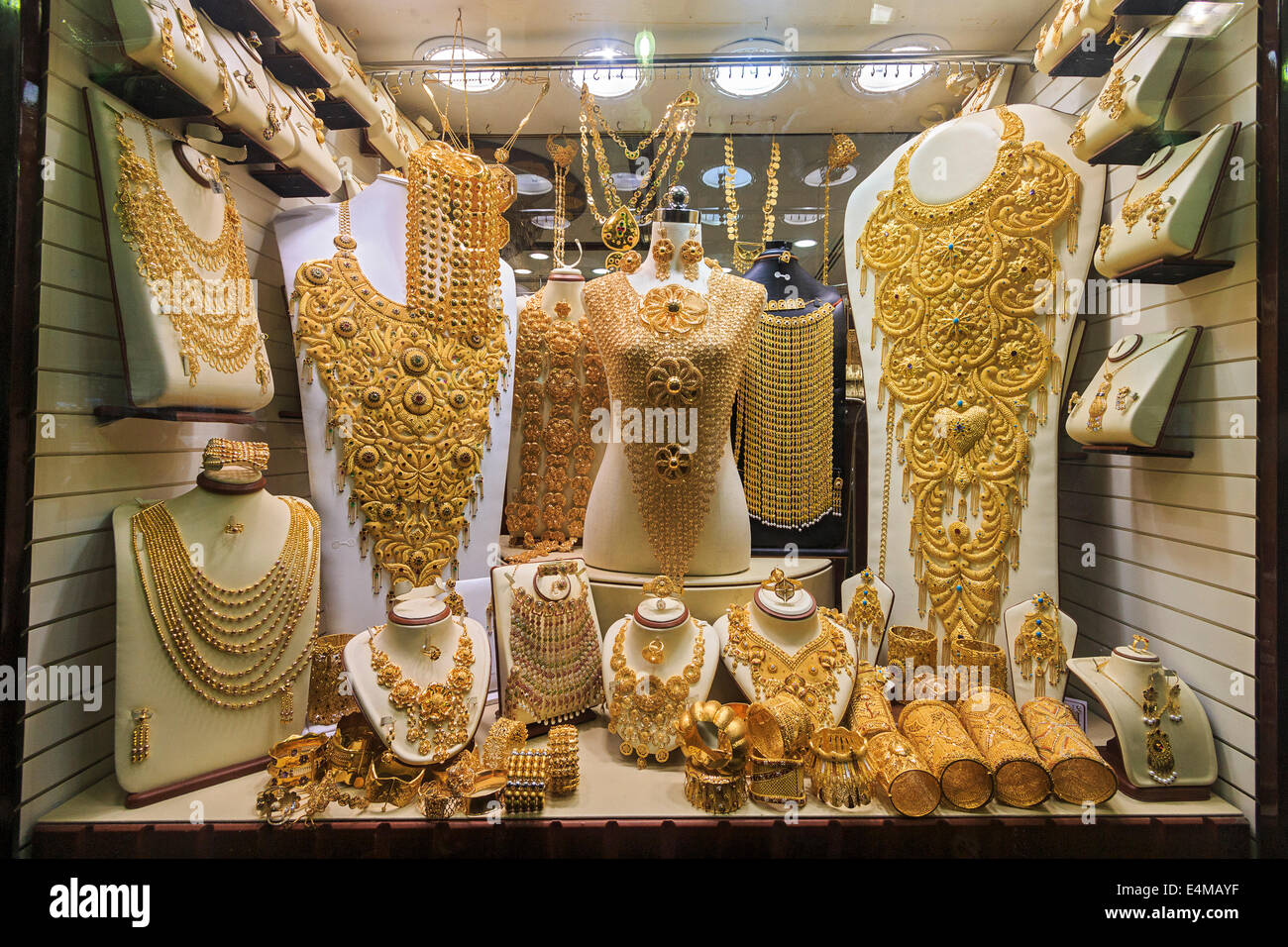Unveiling the Mysteries Behind the Assessment Procedure Used by Precious Metal Buyers
Wiki Article
The appraisal process used from gold purchasers represents a important topic for individuals interested in selling precious metal. Understanding how gold is assessed may assist vendors formulate knowledgeable decisions as well as ensure sellers receive a fair valuation. Precious metal buyers generally utilize various essential elements to determine an worth for precious metal pieces, including purity, weight, and current market valuations. All these these plays an important part during this complete assessment procedure.
One of the first steps in this appraisal process is assessing its fineness in the gold. Precious metal fineness can be assessed by karat weight, with 24 karats being pure gold. Most precious metal jewelry is not pure and may be 10, fourteen, or 18 karats. The higher a karat number, the greater precious metal material that piece contains. Gold purchasers commonly employ various assessment technique, like chemical testing and digital assessments, for ascertain its fineness in a precious metal. Such stage is vital as this immediately influences an piece's value. For instance, instance, one twenty-four karat precious metal item shall become worth greater compared to one fourteen karat item, although when they weigh the weight.
Another mass in the gold piece remains a further key element in this valuation process. Gold is typically weighed by grams or troy. Buyers will weigh a precious metal for calculate the worth according to the fineness. This mass gets article combined by the gold's purity percentage for find an quantity in pure gold in the piece. For instance, if a 14-karat gold band weighs 10 grams, the item holds approximately 5.83 of pure gold in 100% precious metal. Such calculation helps buyers ascertain how of they are willing for offer for an item.
Current market prices additionally have an important role during this appraisal of gold. The valuation for precious metal fluctuates based on availability plus market needs, financial conditions, and global occurrences. Gold buyers keep a close eye over such market trends to ensure they offer competitive valuations. Buyers often refer to the spot price of precious metal, which represents a present market valuation of immediate delivery. Such price may fluctuate daily, so purchasers must stay updated for offer accurate valuations. Vendors must also remain cognizant of such trading trends, because these can impact a valuation sellers receive in exchange for the gold.
Lastly, a condition plus quality of a precious metal item may affect its value. Unique styles, brand names, plus historical importance may each contribute to an worth of the piece. For, one well-crafted precious metal chain from a well-known renowned brand may fetch an higher price compared to a comparable item without any brand name. Purchasers will take into account these factors when formulating a offer. Vendors should take some time for clean plus present their precious metal items properly, because this may positively affect a buyer's perception and a final price.

In conclusion, the valuation process used by gold purchasers involves several key elements, such as fineness, mass, present trading prices, and the condition of the item. Understanding these elements can help sellers navigate the selling process better efficiently. Through staying knowledgeable on the way precious metal is valued, vendors can ensure they obtain an equitable price for their gold items. Regardless of whether disposing of ornaments, currency, or other gold products, knowledge about the appraisal procedure remains crucial for making smart financial decisions.